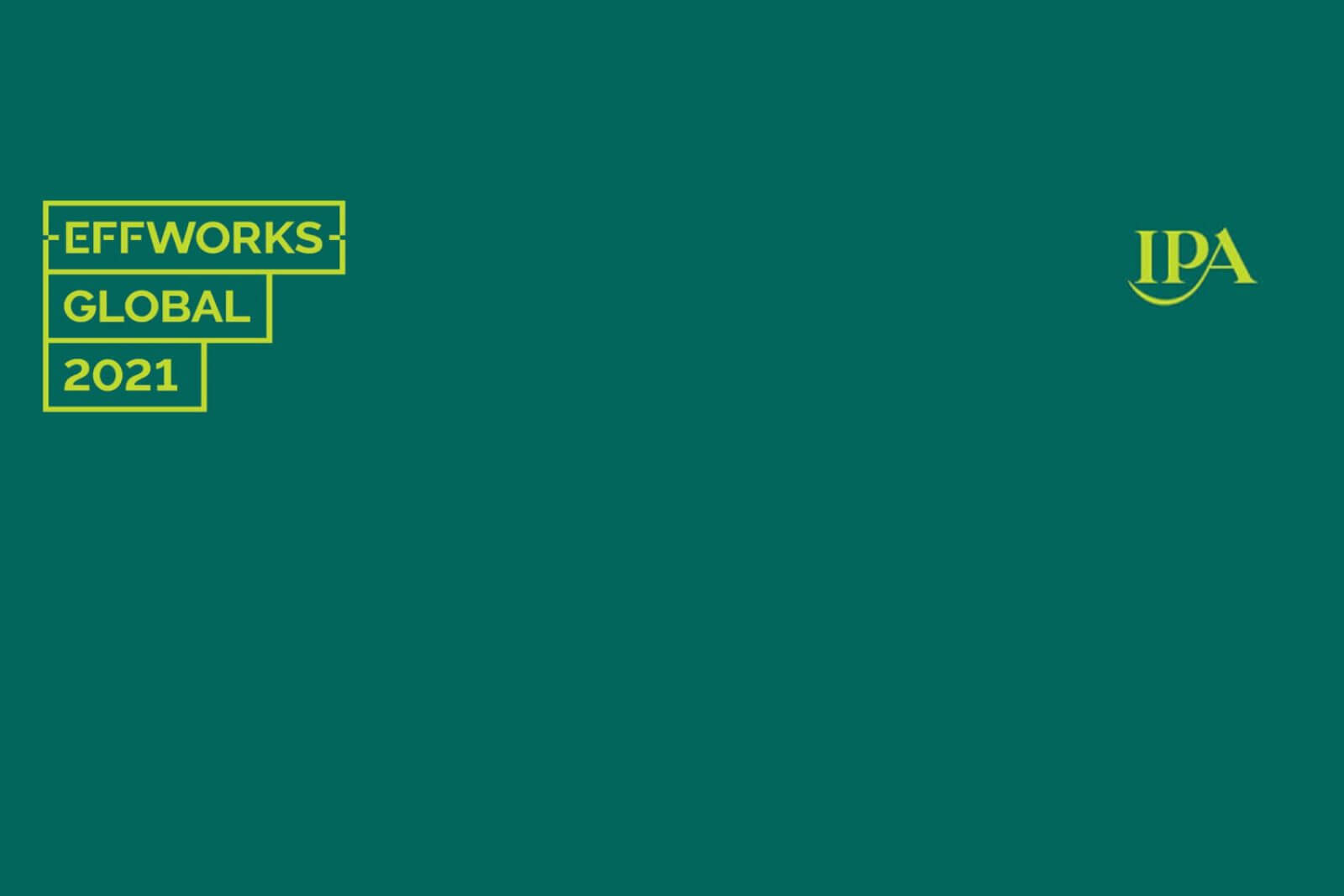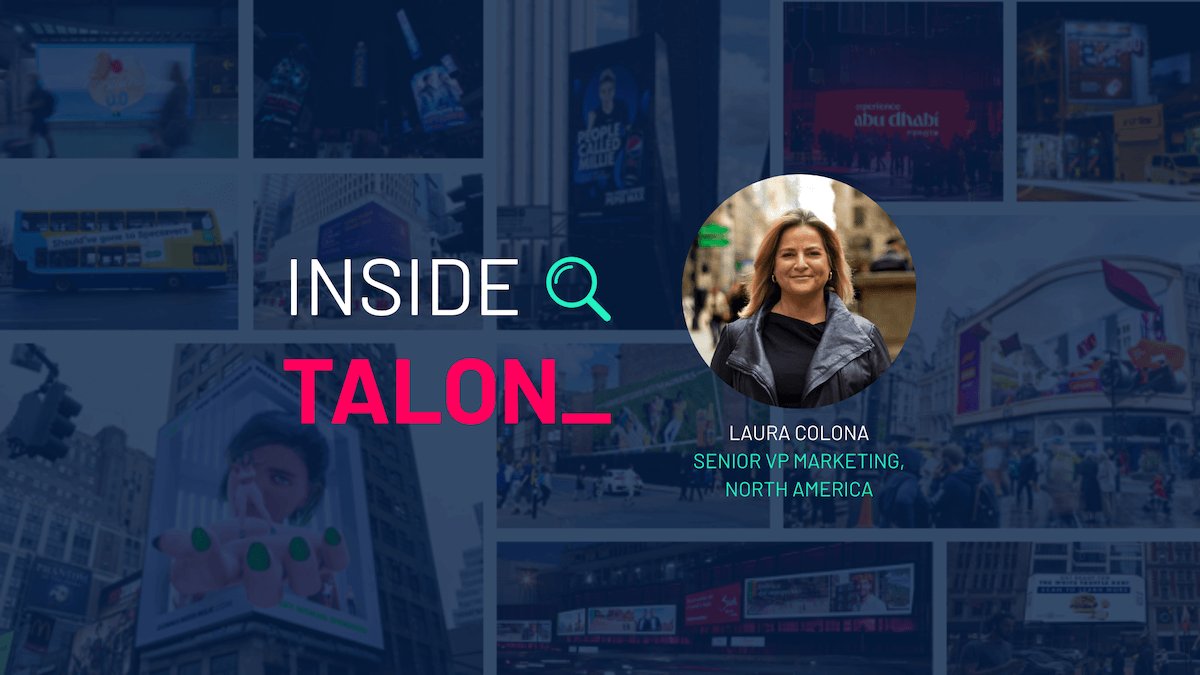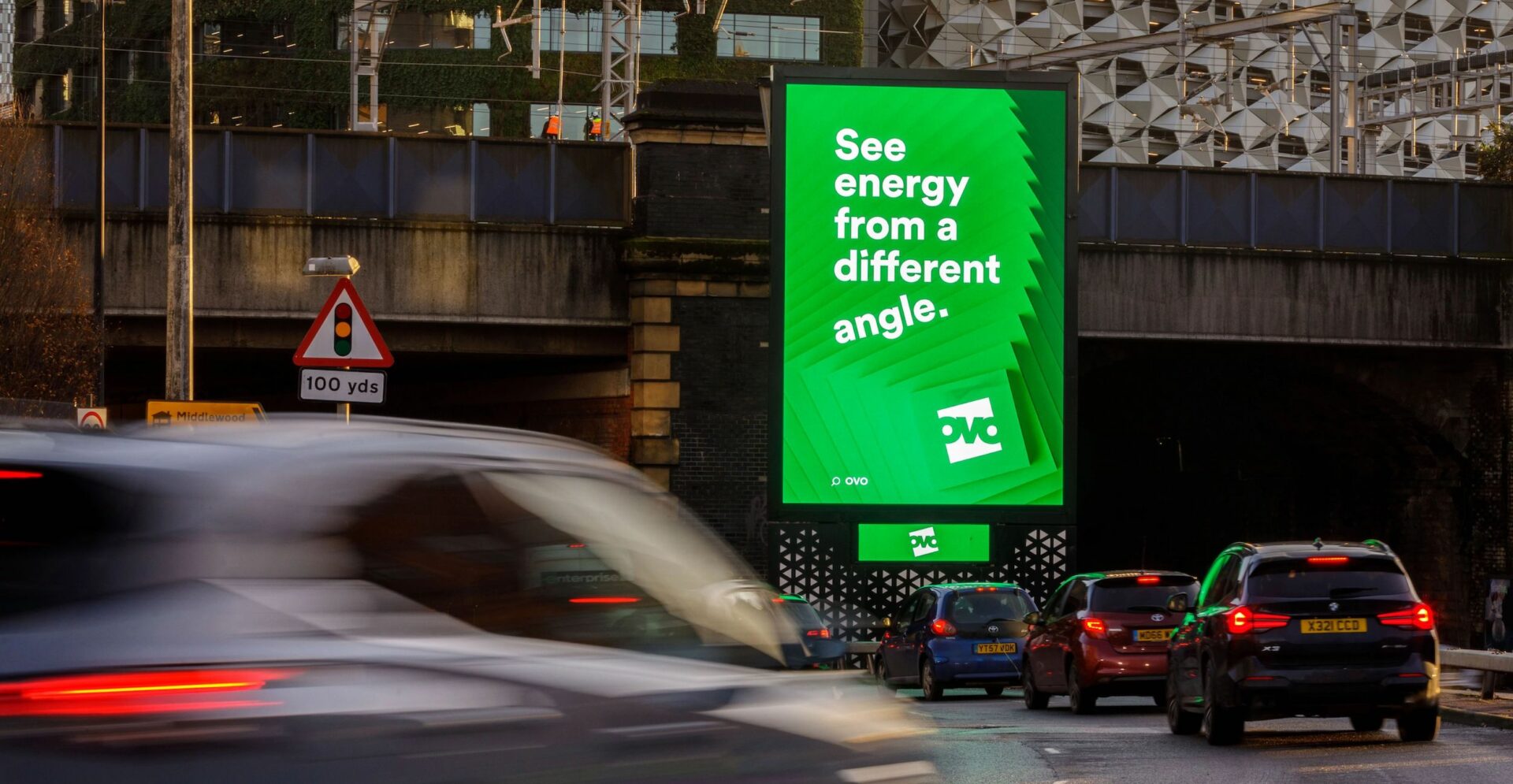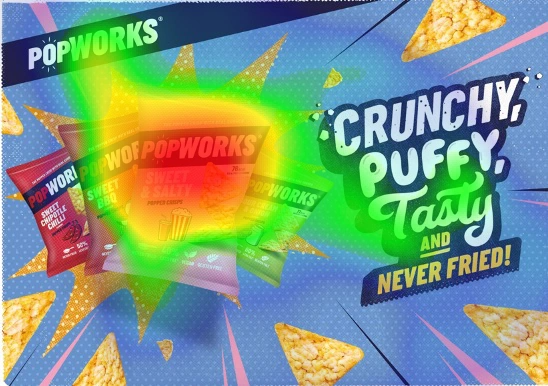A Recap of IPA EffWeek 2021 from Talon Newcomer, Lucy Baumgartner
With the promise of the best new thinking and evidence-based decision-making research for marketing effectiveness in the world, IPA EffWorks Global 2021 hit the ground running last Tuesday with its long-awaited face-to-face conference.
Across the day, we heard from key marketing effectiveness leaders with a strong focus on the fallout from COVID-19 and the learnings that can be gathered from the pandemic. These learnings can be applied to the OOH industry and offer OOH marketers numerous opportunities to optimise their campaigns.
Key Takeaways & Insights:
Mobility and Consumer Behaviour Throughout Covid-19
Alice Enders, Director of Research at Enders Analysis, began the day with a comprehensive report exploring and highlighting new learnings, key trends resulting from COVID-19 and the emergence of a “new normal.” Enders’ research showed a greater interest in remote working, resulting in an increasingly virtual world coupled with reduced mobility and the impacts this has had on e-commerce.
Ada, Talon’s Data Management Platform (DMP), provides valuable insights which reinforce Enders’ research. Enders also highlighted the division in mobility in the country. Rural areas experienced much lower decreases in mobility which can be attributed to lower reliance on public transport, resulting in a stronger recovery to pre-pandemic habits and the return to local retail.
Ada figures demonstrate that London mobility, particularly on public transport, has been much slower to recover than outside the capital and so, has experienced less of a reversal to pre-pandemic consumer behaviour and a continued boom in e-commerce.
Digital markets are therefore, increasingly facing the difficult challenges of convincing urban consumers to switch brands on e-commerce channels as online shopping becomes more formulaic. However, these developments offer an opportunity to OOH marketers to exploit other forms of physical and emotional consumer needs which are not being met through digital advertising. Breaking away from the stock processed advertising and creating fame to form a deeper connection with consumers.
How the Pandemic has Changed Approaches to Advertising
Arguably, one of the greatest impacts of the pandemic has been the greater polarisation of wealth distribution and inequality and the repercussions this will have on future marketing campaigns. Kiel Patersen, Global Marketing Effectiveness Director at Diageo, outlined the need to create personalised campaigns with great quality of reach. Emphasising the point of the quality of reach when we are stuck in an ‘echo chamber of digital’ and the need to reach new groups of consumers in a polarised consumer market.
Whilst OOH delivers broad reach, Talon’s investment in tech such as Ada allows us to guide brands with audience targeting on a large scale in a trustworthy environment. While an increased reliance on detailed consumer research and data poses a challenge for digital marketing with the onset of a cookieless world and loss of in-depth understandings of consumer habits, this poses an opportunity for OOH to thrive and avoid the formulaic nature of digital marketing.
Building brand purpose in OOH
Building on this discussion, a key theme highlighted throughout the day and stemming from the pandemic has been the importance of the narratives brands convey to consumers. At the heart of this development is brand purpose; a strategic approach in which a commercial brand sets goals that involve a contribution towards one or more positive social impacts. Peter Field of Peter Field Consulting, outlined the potential challenges, but argued that when brand purpose is planned and conducted effectively, it can be instrumental to increasing a brand’s mass appeal and market share. This will become increasingly important in the fallout of COVID-19 where consumer scepticism has proliferated, and brands need to rebuild consumer trust.
OOH”s ability to build brand awareness and fame offers those companies wishing to generate a strong brand purpose to effectively convey a particular tone and message advocating positive social impacts. We saw this during the pandemic with governments use of OOH to convey their important Covid-19 response.
IPA EffWeek presented a wealth of new thinking and evidence and most importantly demonstrated how marketers’ approach to campaigns and consumers needs to shift to consider new trends and changing consumer attitudes. As an industry so affected by the pandemic, OOH should seize the opportunity to regenerate its approach.
Emily Alcorn, Head of Insight at Talon Outdoor commented:
‘Research and Insights from IPA EffWeek present exciting opportunities for brands using OOH. With the growth of e-commerce leading to formulaic purchasing habits and the need for quality reach, there is the need for solutions instead of procedure. This is just what OOH offers creating space for consumers to rediscover brands.’




